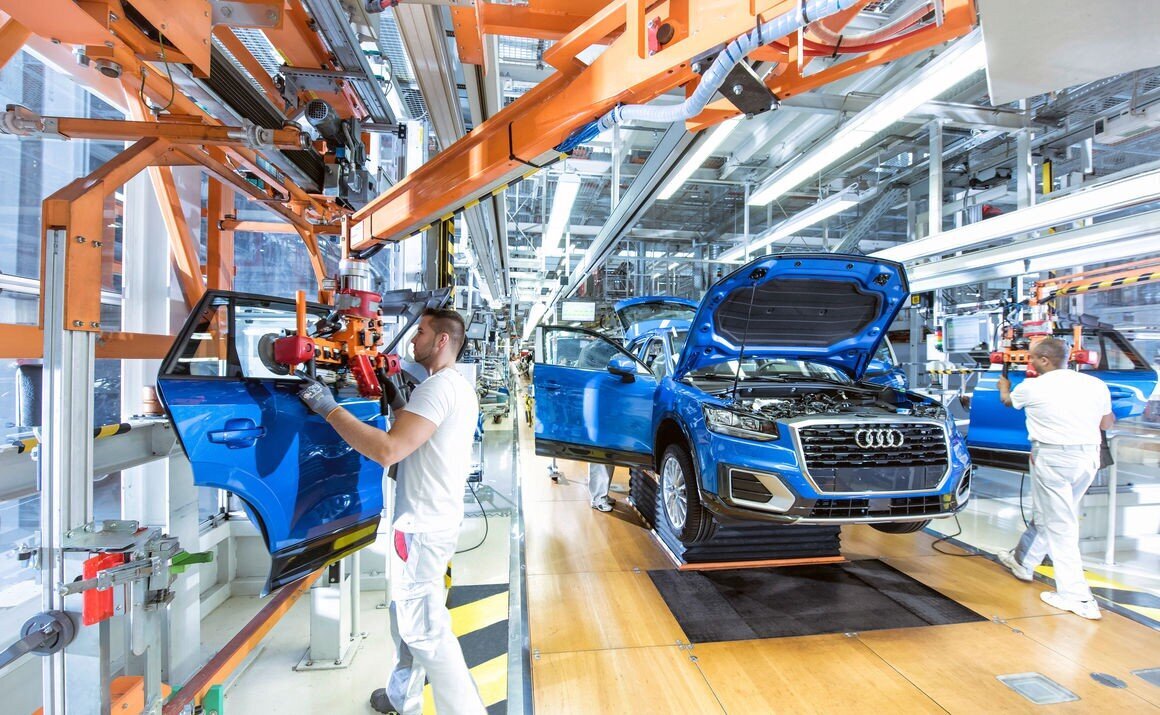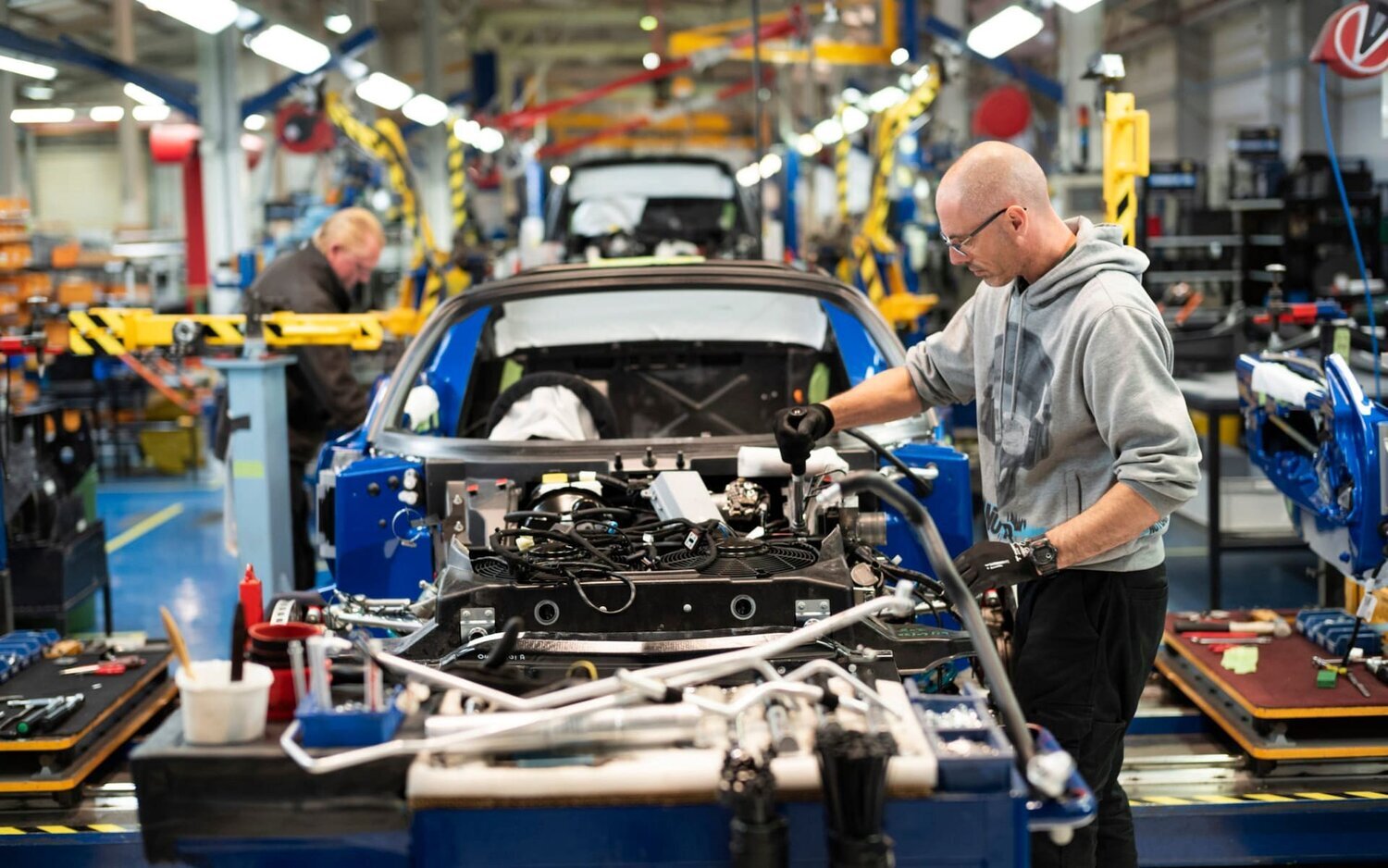
The Benefits of Digitalisation & Industry 4.0
There are a lot of exciting trends and developments in the automotive industry — and perhaps the most popular trend has got to be the introduction of industry 4.0.
Currently, these developments are most commonly implemented by large German OEM’s, who work to combine both industrial and traditional manufacturing practices with the latest artificial intelligence. This has led to a rise in time-saving concepts such as ‘Just in Time’, wherein manufacturers keep their machinery running for as long as possible before downtime can be safely induced in order to fix problems.
It’s no surprise that the integration of the latest smart technology such as data analytics and artificial intelligence has been a big hit with many manufacturers. There’s no doubt it does create a more agile supply chain, that can be shifted on a global scale with more ease than ever before. Having a digital twin of a system also allows for fast identification of any glitches, even if these glitches might occur more often than with traditional automotive manufacturing systems. There’s also then the matter of mass-customisation — something that those big manufacturers are beginning to see the value of.

Limitations of Digitalisation and Industry 4.0
Like many new trends, it is often the case that the benefits of digitalisation and industry 4.0 are over-emphasised, whilst the limitations are downplayed or even neglected entirely. But, you would be wrong to assume that these new technologies can be implemented immediately, with ease and with amazing results.
For companies large and small, these developments are costly to implement, time-consuming and companies are typically reluctant to install them at the cost of re-training or replacing their existing loyal workforce.
The software developments from Industry 4.0 only papers over the cracks, simply relieving the symptoms and avoiding the root cause which is the fact that the industry relies on ancient hardware technologies. Yes, predictive maintenance will inform you as to when your drive system should be replaced, and can detail the repairs that are necessary, but this does little to reduce the overall downtime that costs the global automotive industry $22,000 a minute (1).

Are there alternatives to Industry 4.0?
Although both OEMs and smaller companies can reap the multiple benefits of industry 4.0, there are other ways to improve manufacturing performance that do not result in the limitations discussed.
Tackling the problem at its core, through new physical technologies dramatically reduces the need for the constant monitoring and maintenance, alongside creating manufacturing designs that preserve the existing workforce, are easy and familiar for engineers to work with, are simple to implement and are considerably more cost-effective for small and large businesses.
This will help to produce modern, reliable physical solutions that minimise downtime, improve efficiencies and increase productivity; solutions that don’t just tell you when your machinery needs repairing.
This is not to say that industry 4.0 is unnecessary, there is definitely still room for predictive maintenance, automation and digitalisation in the automotive industry, but there is also room for drastic improvement in the quality, efficiency and durability of our machinery and equipment.
In this way, physical developments, like those we are pioneering at New Motion Labs could be a smart option to reduce downtime, whilst predictive maintenance should be considered a last resort rather than a first port of call.



